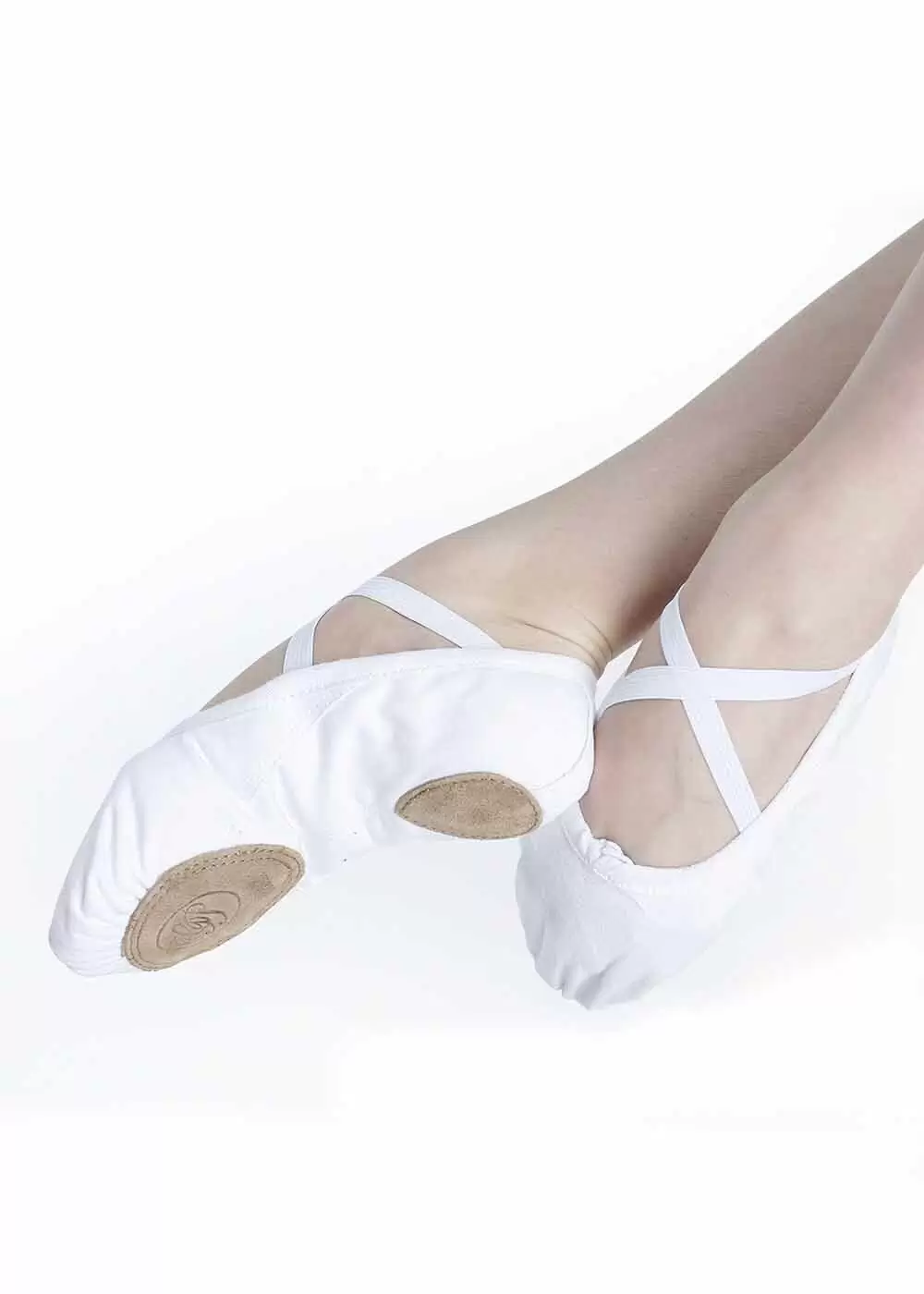The world of ballet is rich with tradition, grace, and precision. Every detail matters in this beautiful art form, from the precise movements to the finely crafted costumes. Yet, no detail is perhaps more important than the ballet shoes.
These seemingly delicate creations play a significant role in any ballerina’s life, serving as the crucial point of connection between dancer and dance floor.
The Importance of Ballet Shoes
Ballet shoes, known as ballet slippers or flats, are designed to offer maximum flexibility, allowing dancers to perform intricate footwork with ease and safety.
The shoes are an essential part of ballet, enabling dancers to move freely while providing necessary support and protection for their feet. For young girls learning ballet, wearing the right shoe not only aids in their performance but also assists in their training, helping to form the correct postures and movements.
Types of Ballet Shoes
There are three primary types of ballet shoes: ballet slippers, pointe shoes, and demi-pointe shoes.
Ballet Slippers: Ballet slippers are the first shoes that a beginner ballet student will wear. They are made of soft leather, canvas, or satin, with a flexible, thin sole. They are designed to fit closely to the foot, enhancing the aesthetic line of the foot while offering the dancer a direct connection to the floor.
Pointe Shoes: As ballerinas advance in their training, they may move on to pointe shoes, characterized by their hard, boxy toe. These allow dancers to dance on the tips of their toes, creating the illusion of weightlessness. However, due to the specific technique and strength required to safely dance en pointe, these shoes are typically not introduced until a girl’s feet and ankles have sufficiently developed, usually around the age of 11-13.
Demi-pointe Shoes: These shoes serve as a transition from ballet slippers to pointe shoes. They resemble pointe shoes but lack the hard box and shank, allowing for a similar aesthetic without the ability to fully rise onto the toes. These shoes are often used to help students prepare for pointe work.
Choosing the Right Ballet Shoes
When choosing ballet shoes, the primary considerations are fit, material, and color. The shoe should fit snugly without pinching the toes, and the dancer should be able to fully extend her feet. As for material, leather shoes tend to be more durable, while canvas shoes are typically easier to clean. Satin shoes offer a classic look, often reserved for performances.
In terms of color, most ballet schools prefer pink shoes for girls, but it’s always best to check with your teacher before purchasing. Other colors like black or white may be allowed, or even required, in some cases.
Maintaining Ballet Shoes
Ballet shoes should be well-maintained to ensure they perform their best and last as long as possible. After each use, they should be aired out to dry and avoid any moisture build-up that could damage the material. Canvas and leather shoes can often be cleaned gently with a damp cloth, while satin shoes are more delicate and may require professional cleaning.
In conclusion, the right ballet shoes are pivotal in a young dancer’s journey. They support the development of skill, technique, and confidence in this elegant art form. While the world of ballet may be demanding, the journey is just as rewarding, and the right pair of ballet shoes can make all the difference. So, let your young ballerinas dance their hearts out, knowing that their feet are well protected and poised to lead them towards their dreams.














